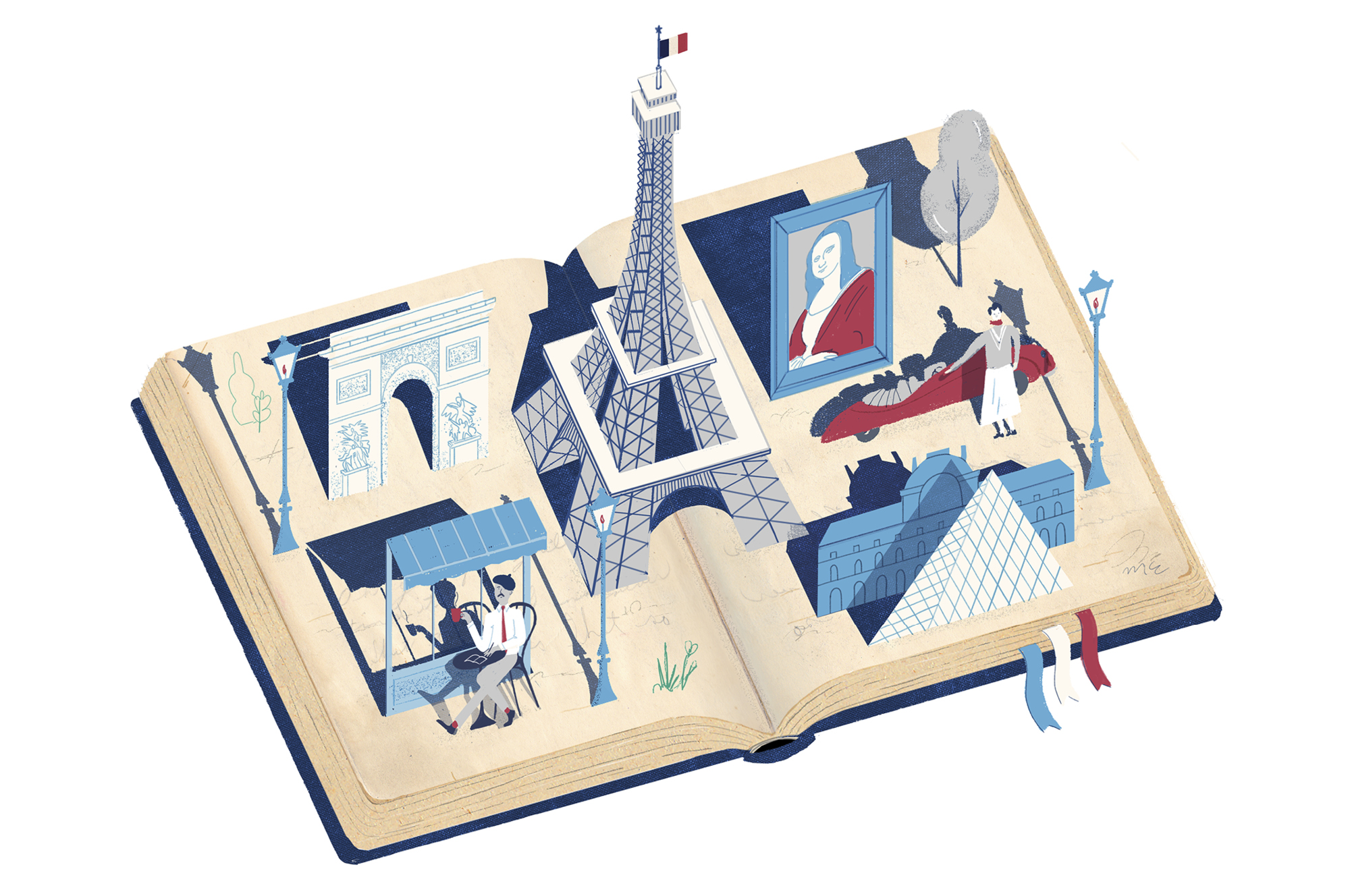- Home |
- Search Results |
- The book lover’s guide to… Paris

Paris. Is there a word in any language that more succinctly conjures hunchbacks in bell towers, weapon-grade coffee in cobbled squares, moonlit bridge-kissing, resistance, romance and pondering existence in a black turtleneck?
And books, of course. Lots of books. There is a reason why the French capital is one of the most written-about cities on earth. Hemingway said 'there is never any ending to Paris,' and it's true its boulevards, bars and bohemia inspired many other great writers including F. Scott Fitzgerald, Gertrude Stein, George Orwell, Samuel Beckett, Sebastian Faulks and Charles Bukowski - and those are just the foreigners.
If you're heading to the City of Light, you're going to need a reading list worthy of it. Which is why we've rounded up some of the greatest books – classic and modern, fiction and non-fiction – inspired by its unique romance, along with some key sites of literary pilgrimage to enjoy them in.
And here is where to read them...
Harry's New York Bar: 5 Rue Daunou
It's said the way a city drinks reveals how a city thinks, and Harry’s New York Bar is a good place to start, for a taste of the city's expat literary life. It has several claims to fame: Gershwin composed his hit musical, An American in Paris, in the downstairs piano bar; Fitzgerald allegedly drank himself unconscious with Hemingway on a regular basis, and the establishment even claims to have invented the Bloody Mary.
The Bouquinistes of Paris: along the banks of the Seine
Even Fitzgerald, the party king himself, occasionally needed somewhere to get his head together. When he did, he would often pop to the bouquinistes, an idyllic procession of book stalls by the river Seine which now carry Unesco world heritage status. Many of Fitzgerald's contemporaries did too, thanks to more than 217 riverside stores where patrons could, as they can now, find new and old literature, vintage magazine covers, thinning antique maps, and souvenirs.
Shakespeare and Company: 37 rue de la Bûcherie
This is arguably the most famous, and celebrated, bookshop in the English-speaking world (even though it's in Paris). First opened in 1931 by American publisher Sylvia Beach, it became a haven for expat writers such as Ernest Hemingway, James Joyce, F Scott Fitzgerald and Gertrude Stein. It closed in 1941 and was reopened by fellow American George Whitman a decade later, who said of it: 'I created this bookstore like a man would write a novel. Building each room like a chapter, and I like people to open the door the way they open a book, a book that leads into a magic world in their imaginations.'
Les Deux Magots: 6 Place Saint-Germain des Prés
Few bars have served more drinks to modern history's most famous artistes than this. It's still a calmly introspective place, with leather benches and big windows. Poets Paul Verlaine and Arthur Rimbaud drank there in the late 19th century, followed by Hemingway (of course), Andre Breton and Pablo Picasso in the 1920s and Albert Camus, Jean-Paul Sartre and Simone de Beauvoir in the 1950s. Long gone are the days when the café's twin magots (statues of Chinese merchants) peered down upon Sartre and de Beauvoir, but the literary couple's names are commemorated on brass plaques behind the seats they liked to occupy, as indeed is Hemingway's.
Cimetière du Père Lachaise: 8 Boulevard de Ménilmontant
As literary haunts go, this takes some beating. Moliere, Chopin, Edith Piaf, Jim Morrison, Marcel Proust, Oscar Wilde – if these souls were raised at night, it would be some party. They are just a few of the most famous bodies buried beneath the ground at Paris' most visited necropolis. The 44-hectare site contains 70,000 graves, from Gothic tombs to Haussmanian burial chambers and ancient mausoleums. But it's also leafy and tranquil and the perfect place to take a good book... if you don't mind a literary ghost reading over your shoulder.